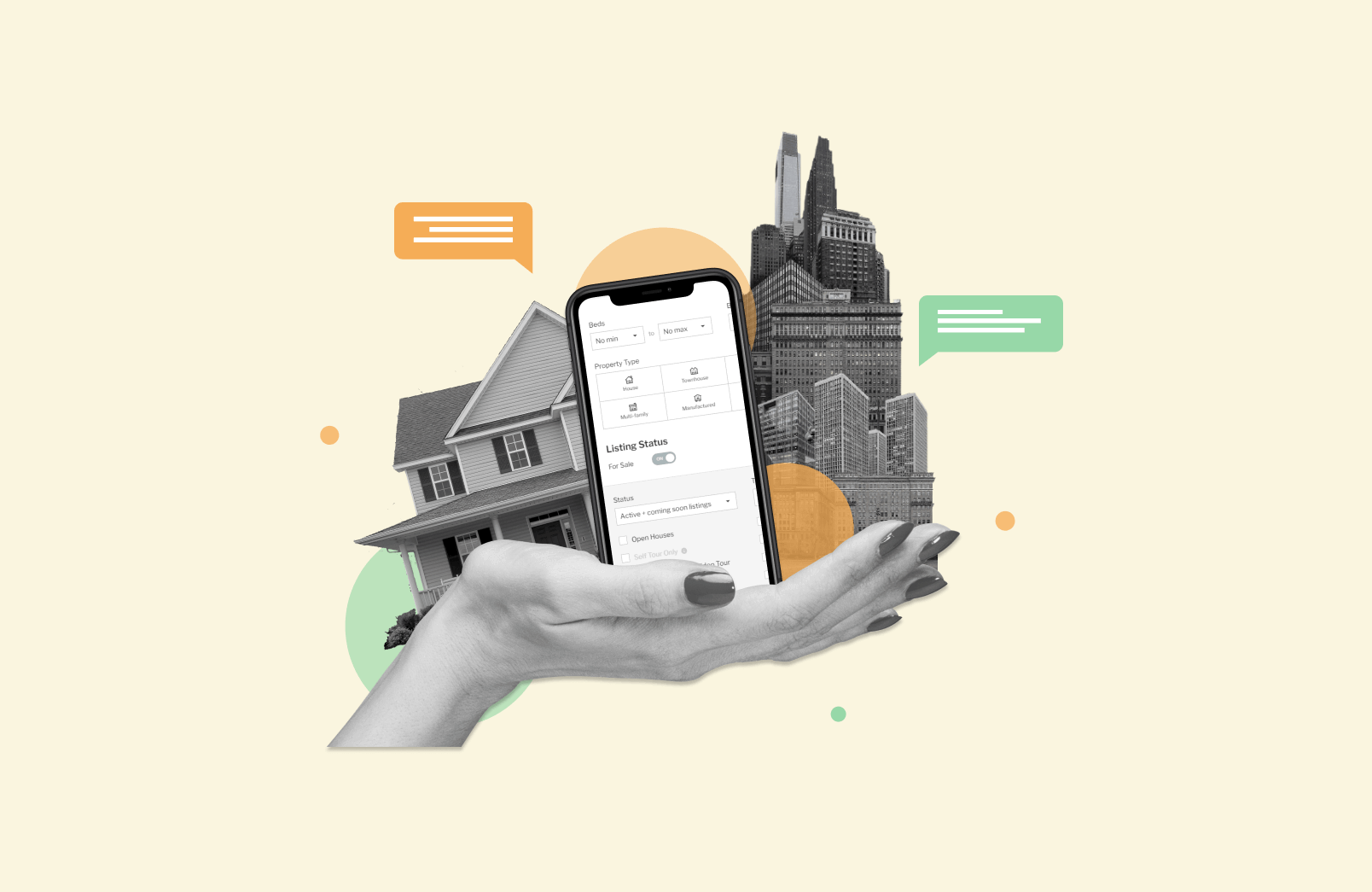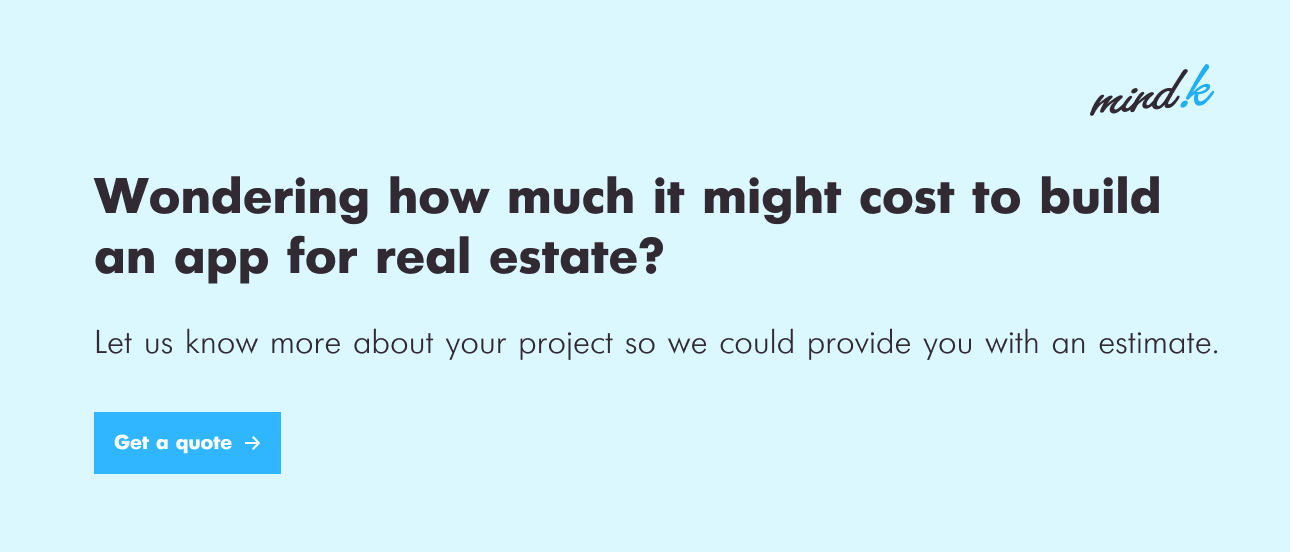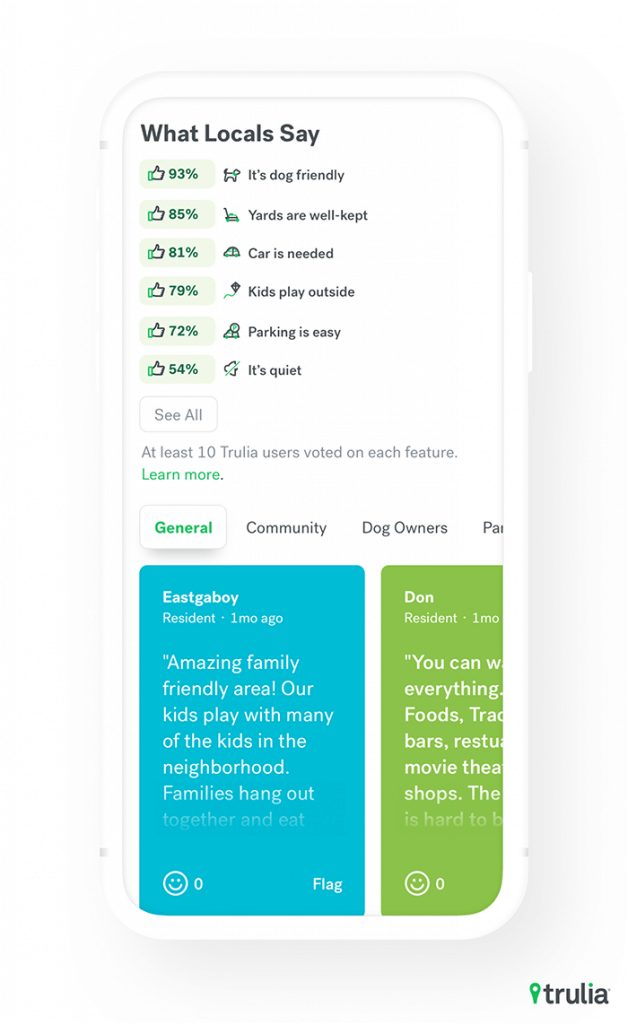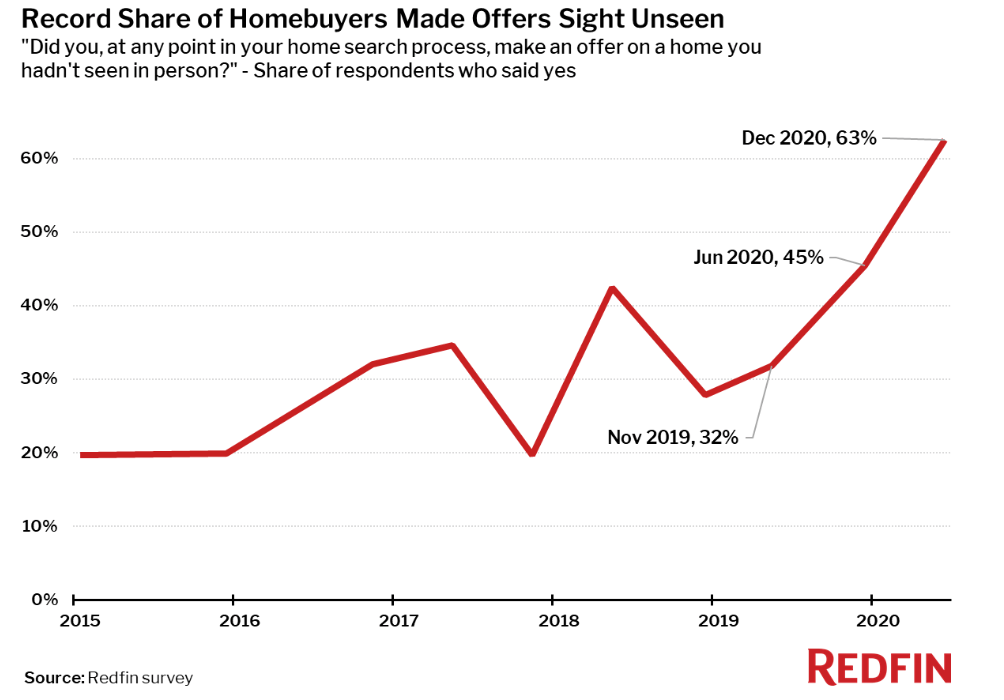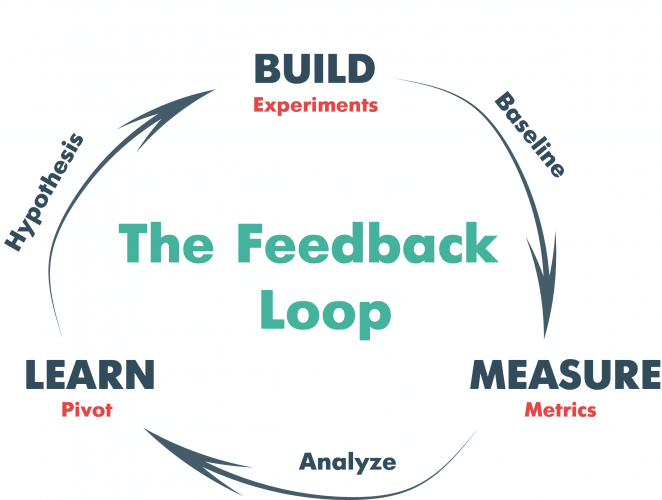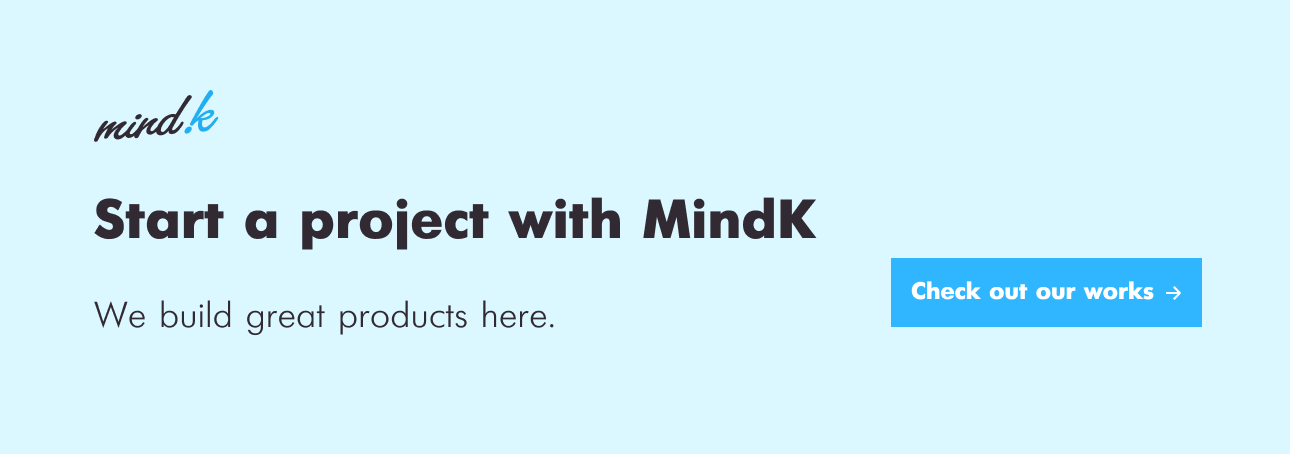It is generally believed that realtors are the “bridges” that bring together buyers and sellers of real estate property. In 2025, this bridging role is increasingly shifting to various real estate applications.
What does it mean for real estate companies, startups, and realtors?
There is a growing demand for such apps. People today value the fastest and most convenient way to buy, rent or sell a property. Around 97% of people start their search for homes online. If one manages to suggest a robust real estate application with all the bells and whistles, the success won’t be long in coming.
However, development of any product from scratch has its traps and pitfalls.
At MindK we’ve provided custom software development for more than 10 years for industries including real estate, and know the behind-the-scenes of great product launches. Based on experience and our client cases, we’ve singled out the most important things you should take into account during the real estate app development process.
How to build a real estate app that stands out
Rule #1. Learn from competitors
Competition, whether we like it or not, is an integral part of the market and the first aspect you should consider. The only way to stand out is to find out who your competitors are, their weaknesses and strengths and what they are proposing. Thus, learning from competitors helps you outperform them.
Based on SimilarWeb, we’ve found out the top players among global real estate applications. All the applications on the list are the best in terms of the number of users, traffic, revenue, and marketing.
Best real estate websites by SimilarWeb
Zillow has definitely succeeded in disrupting the real estate industry. The platform has around 245 million visitors per month, it attracts people looking for property, real estate agents, owners of real estate or rental centers, mortgage agencies, and even tenant builders.
Looking at this list, we can conclude that these companies have found the key to success, but what do they all have in common?
We’ve analyzed the applications and singled out several key characteristics common for the market leaders:
- They act as a touchpoint for all parties involved: not just providing listings of real estate property, their real estate app features are focused to benefit a wide range of people engaged in the real estate process. The apps are used by people to search property options, by realtors to advertise and attract new customers, by property owners to find tenants, by building owners to find clients, and so on.
- They are one-stop shops supporting the whole process of purchasing or renting property: the real estate listing apps allow people to complete the necessary tasks in one single place, from finding all the required information to getting expert help throughout the process.
- They are robust marketing tools with advanced search options: all the solutions provide property listings for everyone interested free of charge. All of them use various multi-listing service (MLS) databases which are private databases created by real estate professionals to help clients buy and sell property.
There are two main application models you can focus on – agency-based and third-party applications. The agency app serves as a tool for a specific real estate agency while the third-party app is a sort of property marketplace that unites clients, realtors, tenants, and others in one place.
Select the list of your direct competitors based on the type of real estate app you plan to build and analyze their market propositions. It will help create a strategy aimed at differentiating yourself from the very start.
Rule #2. Focus on bringing value to the end-users
You don’t have to become another Zillow to achieve success. To become successful, you have to satisfy the urgent needs of your customers in the most convenient way possible. From this perspective, define the categories of your future app users and the needs they want solved.
By analyzing the traffic that comes to an average real estate app, the potential users of your application will fall into three main categories:
- property buyers and tenants;
- realtors and real estate agencies; and
- property sellers and landlords.
Each of the categories has its own specific needs and challenges.
For example, the main goals of property buyers and tenants are to find a property for sale or rent in a certain area or city, be able to get all the necessary information about the property (like relevant photos, description, cost), review it’s location on the map without having to leave the app, and directly contact the real estate agent or the seller.
The key demand of realtors and real estate agencies is to demonstrate their property propositions, communicate with clients and analyze the results. Property sellers and landlords can use a real estate application to directly post property propositions or find a real estate company or agent to evaluate the property and help with the whole process of selling or renting.
Additionally, your app may also serve third-party’s real estate apps that can use it as a tool to create or expand their client base or promote their own company.
Almost all users have common challenges when using real estate apps. These challenges are lack of time and lack of information needed to make the right decision. That is why today in a real estate app, people highly value:
сlear, user-friendly design;
thorough information (at least, explicit descriptions, photos, floor plans);
easy filtering and navigation;
in-app consultations and communication; and
analytics (for example, the possibility to compare costs, track price movement, and similar).
Take into account specific needs and challenges of each user category before you start the real estate web application development process.
Rule #3. Prepare a strong real estate database
A property database is the cornerstone of a real estate app that can make or break your business. However, it’s also the first challenge people face when planning to create real estate solution. This is why we’ll consider the topic of how to build a real estate database in greater detail.
If you don’t have a private real estate database, there are several ways you can obtain the data.
1. Connect to multiple listing services (MLS)
Multiple listings services are databases created and maintained by brokers and realtors who are often members of local associations of Realtors. Such listings include all data about the property like address, square footage, photos, floor plans, and so on.
The good thing about MLS is that they allow real estate solutions to use the data for their property listings. The bad thing is that MLSs in the United States are regional and quite hard to access.
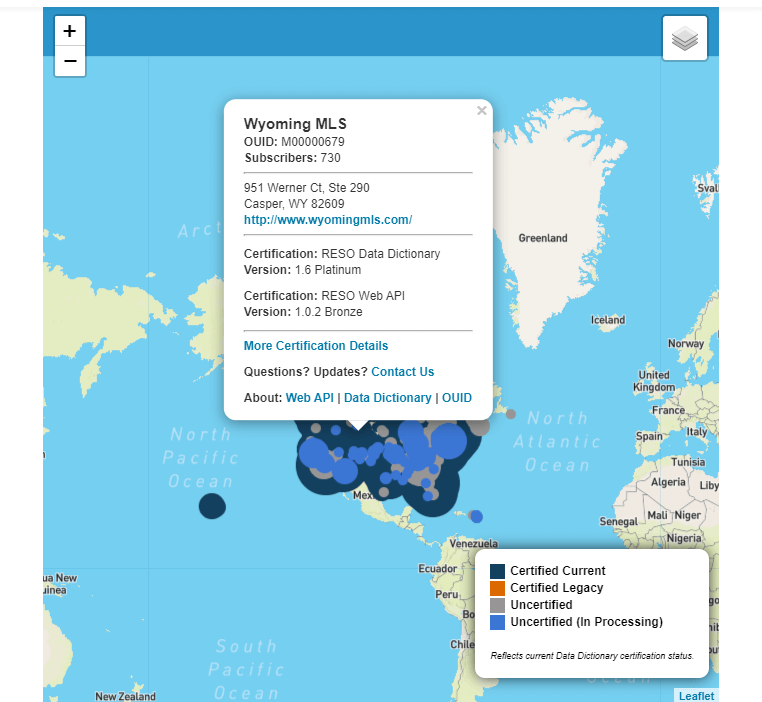
To be able to create MLS listing for your app and get access to multiple listings services, you need either to negotiate a data-sharing agreement or become a brokerage. However, becoming a brokerage involves a plethora of legal obligations on a company.
For example, real estate apps Trulia and Zillow have access to local MLSs by signing up the agreements. On the other hand, Redfin is a brokerage and has the right to use data from its membership in the Realtors MLS free of charge.
There are some public MLSs that publish their listings online. One of the largest sources among them is Brightmlshomes. In spite of the fact that this type of MLS usually publishes active listings with a lack of information, they may be a good place to start.
Unlike the United States and Canada, sharing data by means of MLS is not as popular in other countries. There are some forms of MLSs in Germany, the United Kingdom, Spain, and Italy, but they lack regulations regarding real estate transactions. Thus, if you plan to build your own real estate app for a country outside the US with no MLS, you’ll need to find alternatives.
2. Partner with syndication platforms
If you plan to operate across the United States, it is quite hard to negotiate an agreement with each and every MLS (there are around 800 MLSs). However, there is a much easier way. You can enter into an agreement with large national real estate companies. Among them is ListHub which is one of the biggest listings syndication platforms.
3. Take data from other real estate apps and FSBO listings
You can also take the data from other housing apps like Zillow, Trulia, Realtor. However, you should stick carefully to the terms and regulations of each real estate company, because incorrect use of data can harm your business.
For example, in 2019, Zillow sued real estate company Compass over non-compete violations and stolen intellectual property. In the end, companies reached a common ground but it is yet more proof to take care of terms and regulations when working with other real estate apps like Zillow.
The For Sale By Owner (or FSBO for short) proposition is simple: sell your home without an agent and save on commissions. This way, FSBO listings allow homeowners to post their propositions right onto the platform. Among the top players are Fizber, FSBO.com, Forsalebyowner.com.

4. Allow users to post propositions in the app
A great option to grow your own real estate database is to allow agents, brokers, landlords, and homeowners who want to sell or rent the property to publish their announcements right in the app.
However, if you want users to share their information in your app, you need to give something in return. For example, you may commit to providing a convenient and easy-to-use tool to upload and manage all their listings or offer a robust marketing strategy to ensure users that their properties will be well-promoted.
Rightmove, the number one real estate platform in the United Kingdom, provides exclusive member benefits like in-build tools and reports that help with planning a marketing strategy, online webinars, and telephone lead service to help real estate agents avoid missing opportunities.
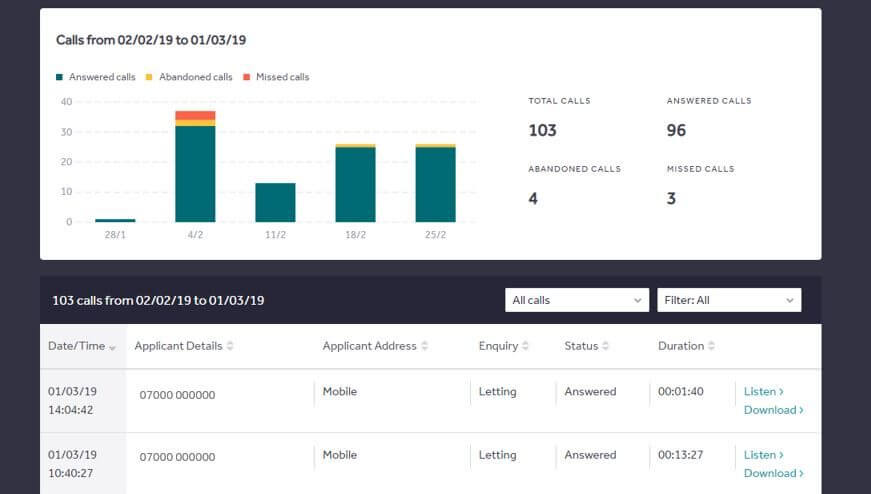
5. Use a data company
Apart from MLS and other data resources for property listings, you can partner with a data company to buy the base.
A few organizations like CoreLogic and Black Knight aggregate property data and resell it. For example, CoreLogic is a real estate information company that licenses the largest databases for property ownership, buyer information, and tax records in the industry.
Whichever you choose, one or several sources of information for your listings, you’ll need to work out a robust integration mechanism and support the relevance of the data you are using.
Rule #4. Gain ground with an effective monetization strategy
Almost all real estate portals follow a simple formula: set up a property listings database, increase the traffic, and then monetize it. The first step is easy, the second is difficult, and the third becomes automatic as long as you’ve successfully achieved the first two.
Let’s take for example Zillow. It is free to list a property for sale or rent, it is completely free for end-users. Though its annual revenue last year was $3.34 billion showing a 21.77% increase compared to 2019. How does it generate profit then and whether you can do the same?
Building a revenue model for a real estate app is more art than science. There is no one-fits-all solution, so you’ll need to try things out and create your own strategy.
Moreover, at MindK we believe that everyone should have a monetization plan in mind before they start the real estate application development process.
Creating your own real estate app costs money, so before putting effort into the development, make sure you know how to gain profit from it.
Here are the most popular monetization options used by top players:
- Advertising: Tried and tested, ads are the most popular way to monetize any app. In the case of a real estate app, the advertisements should be relevant, like mortgage ads, interior decorating service ads, loan ads, property insurance ads, and so on.
For instance, Zillow went even further than advertising. The company has found out that rentals are a larger market opportunity than homeowners. They move more often so property owners need advertising on a more frequent basis to find renters. So, Zillow launched Zillow Rental Network and charges property management companies to advertise their listings there.

- Various fees: Charging fees is one more popular revenue source of apps for real estate agents. For example, you can charge an additional fee for sellers who want to get their property listed (the fee may depend on the type of the property). You can also charge an extra fee for real estate agents if they want to boost their profile and so on.
- Subscriptions and Premium memberships: It is a good idea to offer additional paid premium features to benefit certain user categories. For example, you can provide real estate agents with detailed demographic and customer behavior reports, various market analysis tools, and similar.
- Commissions: If your app plans to involve some financial transactions, you can charge a certain percentage for each transaction. For example, as an intermediary in rental transactions, you can gain profit from commissions.
In reality, revenue sources are not limited by the options mentioned above. Though they can serve as a foundation for your monetization strategy, if you want to grow and gain traction, you will likely need to find other unconventional monetization options. These options are limited only by your imagination.
For example, Redfin, one of the Zillow competitors, introduced RedfinNow in 2017. RedfinNow is an expedited home selling program that allows the company to buy property directly from home sellers and then resell it.

Zillow, on the other hand, also has a number of additional sources of revenue besides advertising and fees. Among them are SaaS tools called Premier Agent and Premier Broker. They enable agents, brokers, and other real estate experts involved to organize the work in one place, track leads, and advertise services.
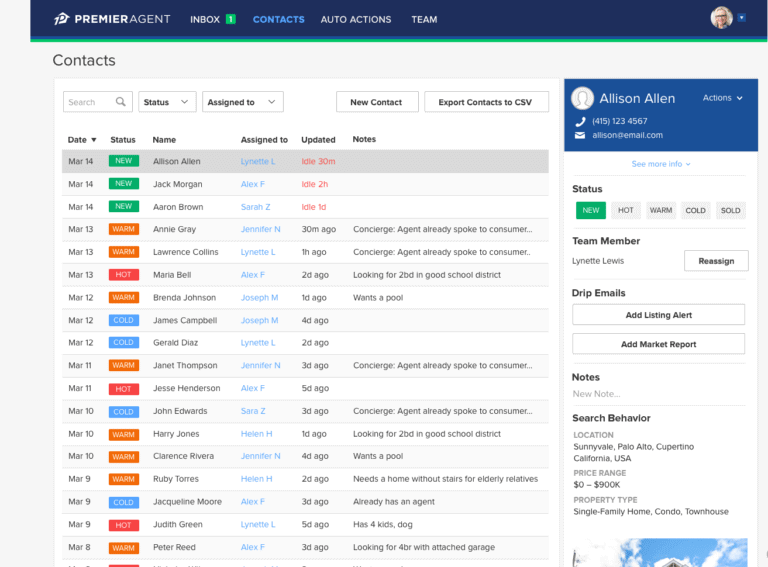
Rule #5. Prepare a strong set of features
Any application, including real estate listing apps, involve two types of features – basic features that create the skeleton of the application and the additional features that expand the possibilities of users and serve as an app enrichment.
When preparing a list of real estate features for your future app, try to keep in mind Rule #2 where we talked about user needs. Based on the main users’ needs, the basic features of a real estate app should include:
- Advanced property search: Filtered search is one of the most important real estate app features. The better you structure and display your data, the better the user experience is. Ensure your search options include the most popular criteria for home buyers like location, property type, price range, square footage, and so on. Additionally, provide users with more search possibilities with extra parameters like on-site parking availability, in-unit laundry, year built, and much more.

- Property profiles: Creating good-looking property profiles is the heart of creating a real estate app, as profiles include a large amount of information about the property such as description, photos, videos, price, neighborhood information, and so on.
More than 89% of home buyers who searched for a property on the web claim that photos are among the top useful real estate mobile app features.

- Favorites and shortlisting: Give users an opportunity to shortlist and save the properties they like. It will definitely help make their decision-making process much easier and you will increase the amount of in-app sales. It also enables the realtor to identify client preferences and offer similar options.
Maps and geolocation-based search: It is impossible to imagine a real estate listing app without maps or geolocation features. Maps, for instance, can give the user full information about a neighborhood.
For example, Trulia uses maps to provide detailed neighborhood information. It helps to discover and explore neighborhoods through photos, neighborhood stories, and drone footage. The feature “What Locals Say” provides crowdsourced insights which give a sense of the intangibles of a neighborhood.
- User profiles for users, sellers, and agents: If you plan to provide the opportunity for users to log in to the system and add property propositions, they should be able to create their own profiles and have a dashboard to perform different activities. The set of real estate features for user profiles depends on what actions you want them to make in the app.
- Communication options: Efficient communication forms the basis of real estate business. Give your users an opportunity to contact sellers and ask questions without a need to switch to other tools. It may be an in-app chat, sending a letter, or video calls.
One of our clients who helps deal makers in running real estate business came up with an idea to create a real-time communication tool LyneChat to connect people in seconds. An app offers real estate agents an unconventional and effortless way to consult their clients. Buyers, in turn, have an option to get their questions answered in seconds, and without sharing personal information.

See more works
When you finish the basic set of real estate app features, try to think about the ways to make your app more attractive for people. There are a number of advanced features that can make your real estate app stand out. Among them are:
- Artificial intelligence: In our previous article we’ve discussed that the possibilities of AI in real estate are huge. For example, Zillow already uses artificial intelligence to recommend property options based on user previous searches as well as predict property value based on its price history, location, market changes, and more. Using Artificial Intelligence can help get your app ahead of the competition.
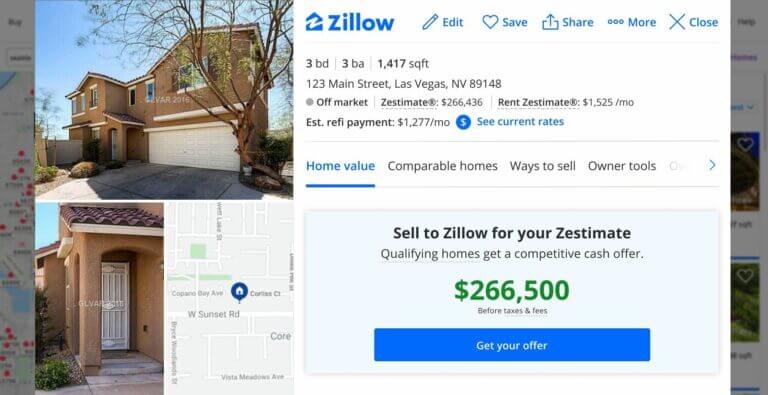
- Virtual tours: A survey by Redfin found out that around 63% of those who purchased a property last year made an offer on a property that they hadn’t seen.
With more and more users asking their agents about 3D and virtual tours, they are becoming an everyday part of the home buying process.
- Property cost calculator: This feature may become greatly enriching for your app. The calculator will allow users to estimate the final cost of the property based on various factors including initial payment range, taxes, loan interest amount, loan repayment schedule, and much more.
After you create a list of basic and advanced real estate features, it is time to move to a software development company that will inform you on how to create a successful app.
Rule #6. Find a reliable app development company and start small
Finding an experienced real estate app development company is not easy, but is a feasible task. We’ve already had a good look in our previous article on how to find a 5-star web development company, so we won’t dwell on that here.
Among the factors described in the article, you should also pay attention to the company’s ability to provide you with a rough estimate of your project, as well as their capability to cover all your development needs (find out whether the company provides full-cycle development services, whether it has a UI/UX designer in the team and so on).
It is important because the rough estimate will show you that the company has certain expertise in the field and allows you to receive an approximate real estate app development cost. At MindK the rough estimate document consists of the estimate itself, assumptions (we use our experience with web and mobile development to assume the best possible ways to resolve any uncertainties in the requirements), technical and non-technical suggestions, and questions.
In today’s uncertain business environment, we suggest our clients not to rush into the development of the full-featured app right from the start. It is better to start small and test the assumptions.
Agile development approach is the best methodology that can help business owners build a product that people really need and save money at the same time. It involves building a Minimum Viable Product (MVP) that includes the basic set of features and serves as the first version of your product.
This approach allows you to continually improve your product in three stages: Build, Measure and Learn. It means that you create an intermediate product, then test it on the market, gather feedback and make improvements based on the feedback received.
The goal of the Build-Measure-Learn cycle is to transform your doubts and assumptions into knowledge you can use to build a successful product.
Find out how to build a Minimum Viable Product right
Want to discuss your real estate app idea?
A growing interest in property investments and widespread adoption of technologies provide real estate applications with much more business opportunities than ever before.
We at MindK develop custom solutions for the real estate industry over the years. It helped us work out best practices and an effective development approach to build great products in time and within budget. Check out our Real Estate Software Development Services.
